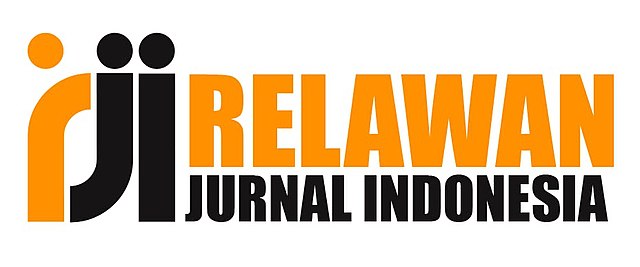PEMANFAATAN BAHAN ALAMI SEBAGAI BAHAN BAKU PUPUK DAN PESTISIDA GUNA MEMINIMALISIR PENGGUNAAN BAHAN KIMIA
Keywords:
compost, environment, healthy, sustainableAbstract
The Kandangan Village community has abundant natural resource potential to be used as organic fertilizer and vegetable pesticides. Oil palm plantations, horticulture and cattle and goats are managed by farmers very simply, on the other hand, the land and livestock can be optimized by utilizing what is in situ. The community's ignorance of appropriate technology in managing harvest and pruning residue biomass and cow dung is the background for this community service activity. The methods used are FGDs, training and demonstrations and program evaluation. The results of the activity are in the form of increased knowledge, understanding and skills of the community in utilizing natural ingredients as raw materials for making liquid organic fertilizer, ecoenzymes and vegetable pesticides. The sustainability of community service activities in Kandangan Village is still very much needed in various aspects to solve community problems
Downloads
References
Sakiah et al. (2023) Pupuk Organik Kompos. Edited by T. Nadeak. Medan, Sumatera Utara: Unpri Press.
Sakiah, S. et al. (2021) ‘The quality of compost made from mixture of Mucuna bracteata and oil palm empty fruit bunch The quality of compost made from mixture of Mucuna bracteata and oil palm empty fruit bunch’, in IOP Conference Series: Earth and Environmental Science. Bogor: IOP Publishing. doi: 10.1088/1755-1315/762/1/012082.
Sakiah, S., Dibisono, M. Y. and Susanti, S. (2019) ‘Uji Kadar Hara Nitrogen, Fosfor, dan Kalium pada Kompos Pelepah Kelapa Sawit dengan Pemberian Trichoderma harzianum dan Kotoran Sapi’, Jurnal Agro Industri Perkebunan, 7(2), p. 87. doi: 10.25181/jaip.v7i2.1118.
Sakiah, S., Gunawan, H. and Ningsih, T. (2022) ‘Meningkatkan keterampilan masyarakat Desa Laut Dendang melalui urban farming’, Jurnal Dinamika Pengabdian, 8(1), pp. 143–152.
Sakiah, S., Saragih, D. A. and Sinaga, R. P. (2020) ‘Karakteristik kompos bahan baku tandan kosong dan pelepah kelapa sawit dengan komposisi yang berbeda’, Agrium, 22(3), pp. 162–165.
Wahyuni, M. and Sakiah, S. (2019) Buku Ajar Jenis Pupuk dan Sifat-Sifatnya. Medan: USU Press.
Downloads
Published
How to Cite
Issue
Section
License
Copyright (c) 2024 DEDIKASI Jurnal Pengabdian Kepada Masyarakat

This work is licensed under a Creative Commons Attribution-ShareAlike 4.0 International License.












